Circular products are goods designed to reduce waste and maximize the use of resources. Circular products are part of the circular economy, where products are created with the aim of being used multiple times through repair, reuse, remanufacturing, or recycling instead of becoming waste after a short lifecycle.

An example might be electronics or furniture manufactured in a way that makes them easy to disassemble and repair, or clothes made from recycled materials. Västerbottenssåpa is an example of a circular product. The concept is based on reducing environmental impact and keeping resources in use longer, as opposed to the linear economy where products are typically manufactured, used, and then discarded.
A circular product can also be linked to a service model, where consumers rent or share products instead of buying them, which extends the product's lifespan and streamlines resource use.
_________________________________________
Question 1: Are linear economies bad for the environment?
Answer: Yes, a linear economy can be bad for the environment because it is based on the "take, make, dispose" model. This means that resources are extracted, used to manufacture products that are then used for a limited time, and finally become waste.
Question 2: Are circular products environmentally friendly?
Answer: Yes, circular products contribute to a reduced environmental impact by streamlining resource use, reducing waste and lowering emissions, making them a more sustainable alternative than traditional products in a linear economy.
Question 3: Is Västerbottenssåpa a circular product?
Answer: Yes
Order natural cleaning products here: Västerbottenssåpa
